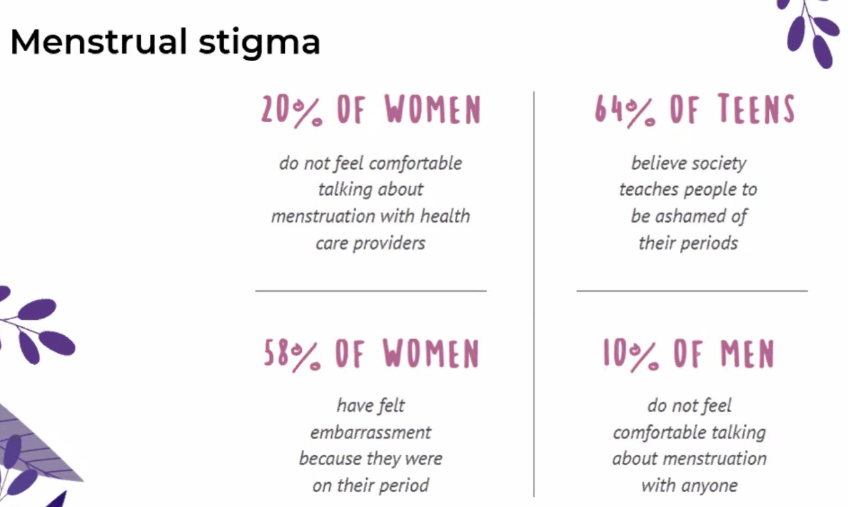Endometriosis is a painful, systemic condition where tissue such as the uterine lining grows outside the uterus, causing endoflares and infertility. It affects around 10% of individuals with uteruses of reproductive age, my mum being one of them. She was devastated thinking she’d never have a child but despite miscarriages and a tough pregnancy, I was born! After attending Dr. Nick Evans’ lectures on stem cells and TISSENG, I wondered if stem cell therapy could help treat endometriosis. Having witnessed first-hand the emotional and physical toll it takes, and given the lack of research on AFAB health, I decided to explore this possibility further.
Endometrial Stem Cells
During my research, I came across endometrial stem cells (EnSCs), which can regenerate or repair endometrial tissue. Given that 3/4 of the endometrium sheds and regrows each month, this isn’t surprising. Studies suggest EnSCs may even help treat Alzheimer’s by differentiating into brain cells! In the context of endometriosis, they could potentially regenerate damaged tissue, reduce scarring, and improve fertility. I’m particularly intrigued by this idea since it could offer a long-term solution, unlike current treatments such as painkillers, hormonal therapy, hysterectomies and other surgeries that focus on managing symptoms and often come with significant side effects. Having seen my mum undergo various treatments without lasting relief, a permanent solution would be a game-changer for her and many others.
“When I got to hear about the endometrium and that three quarters of it sheds each month, and then it re-epithelializes and grows, I thought ‘there had to be stem cells in this tissue’”
Caroline Gargett, Biologist at Hudson Institute of Medical Research
Stem Cell Therapy Trials
The complexity of endometriosis itself poses a challenge to study since the behaviour of endometrial cells isn’t fully understood. However, recent studies show that stem cells, particularly EnSCs and iPSCs, offer promising solutions for regenerating tissue. These stem cells could promote natural healing, prevent symptom recurrence, and restore normal reproductive function. Several clinical trials are currently underway, and researchers are hopeful that these treatments could offer a long-term, safer alternative.
Ethical and Legal Considerations
While in theory this is all very exciting, important ethical and legal concerns must be considered. Some of the main concerns are:
- Lack of informed donor consent
- Potential for exploitation of vulnerable people seeking fertility treatments or low-income individuals to donate stem cells.
- Public taboos surrounding menstrual health

For this reason, I believe it is crucial the research is conducted responsibly and follows legal and ethical guidelines. Donors must be fully informed of the experimental procedures which adhere to ethical principles like non-maleficence, beneficence and patient autonomy and privacy upheld. Regarding public perception, our bodies are capable of regenerating entire tissues and potentially treating many diseases. Why should that be stigmatised and overlooked? I strongly believe scientific advancement outweighs this concern.
As for legal framework, I noticed some laws hinder stem cell research. Funding is often restricted, approval processes can be slow and variations in laws internationally can limit collaboration and delay the global development of effective treatments.
Final Thoughts
EnSCs are a major breakthrough in regenerative medicine and present a promising future for treating endometriosis. While more clinical trials are needed to assess their effectiveness, the potential for a long-term solution is exciting. It is key that these trials adhere to ethical and legal guidelines, with continued dialogue between policymakers, scientists, and ethicists to ensure progress. Given that endometriosis is a chronically progressive condition with a 3-11 year delay in diagnosis, developing a biomarker for early diagnosis and treatment is crucial. In conclusion, I’m hopeful that EnSC regeneration will be the breakthrough people such as my mum have been waiting for.
References:
https://www.endometriosis-uk.org/endometriosis-facts-and-figures
https://www.the-scientist.com/an-endometrial-stem-cell-pioneer-72146
https://www.mdpi.com/2227-9059/11/1/39
https://pmc.ncbi.nlm.nih.gov/articles/PMC8849430
https://plan-international.org/news/2022/05/25/new-survey-shows-deep-rooted-taboos-around-periods